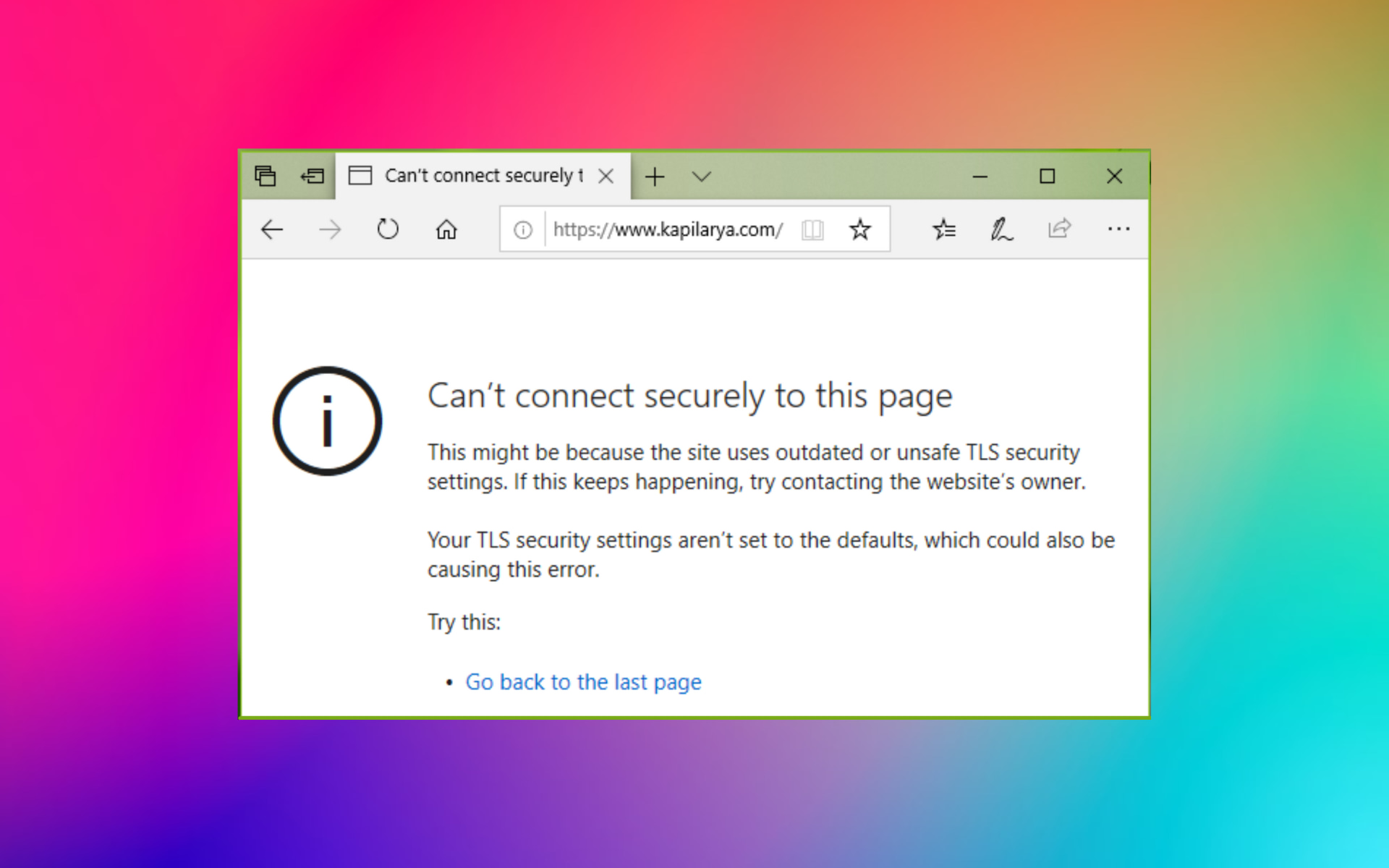Connect Devices Securely: Your Ultimate Guide To Protecting Your Digital World
Ever wondered how to connect devices securely without compromising your personal data? In today's hyper-connected world, protecting your devices is more important than ever. Whether you're working remotely, streaming your favorite shows, or just browsing the internet, cybersecurity should be at the top of your mind. Let’s dive into the nitty-gritty of securing your devices so you can enjoy technology without worrying about hackers and cyber threats.
It’s like this: imagine your devices as your house, and your data as all your valuable stuff inside. If you leave the door wide open, anyone can walk in and take what they want. That’s why securing your devices is like installing locks, security cameras, and even guard dogs—except in this case, it’s firewalls, antivirus software, and encryption.
So, why should you care about connecting devices securely? Well, because the consequences of not doing so can be disastrous. From identity theft to financial fraud, the risks are real. But don’t worry—we’re here to break it down for you step by step so you can stay safe online.
- Cece Rose Onlyfans The Ultimate Guide To Her Rise Content And Legacy
- Sabrina Banks Nude A Candid Look At The Hype Reality And Everything In Between
Why Secure Connections Matter
First things first, let’s talk about why secure connections are a big deal. When you connect devices, whether it’s your phone to your laptop or your smart fridge to the internet, you’re creating a digital bridge. And guess what? Hackers love bridges—they’ll use them to get into your network and steal your info.
Think about it: if someone gets access to your home Wi-Fi, they could easily see what you’re doing online, from checking your bank account to sending emails. That’s why it’s crucial to make sure every device you connect is as secure as possible.
Here are some stats that might make you sit up and take notice: according to a recent report by Cybersecurity Ventures, cybercrime is expected to cost the world over $10.5 trillion annually by 2025. Yikes! That’s why taking steps to connect devices securely isn’t just a good idea—it’s a necessity.
- Brittney Atwood Nude Separating Facts From Fiction And Exploring The Bigger Picture
- Gia Duddy Leak The Untold Story Behind The Viral Sensation
Understanding the Risks of Insecure Connections
Now that we’ve established why secure connections matter, let’s talk about the risks of not securing your devices. Picture this: you’re sitting in a coffee shop, sipping your latte, and using the free Wi-Fi to check your email. Sounds harmless, right? Wrong. Public Wi-Fi networks are a goldmine for cybercriminals because they’re often unsecured, meaning anyone can intercept your data.
And it’s not just public Wi-Fi you need to worry about. Even at home, if your router isn’t properly secured, hackers can still find their way in. Once they’re in, they can do all sorts of nasty things, like stealing your passwords, accessing your files, or even using your devices to attack others.
Another big risk is malware. If you connect an infected device to your network, it can spread like wildfire, compromising all your other devices. That’s why it’s so important to have a solid security strategy in place.
How to Connect Devices Securely: The Basics
Alright, now that we’ve covered the why, let’s move on to the how. Here are some basic steps you can take to connect devices securely:
- Use Strong Passwords: This one might seem obvious, but you’d be surprised how many people still use “123456” as their password. Make sure all your devices and networks are protected with strong, unique passwords.
- Enable Two-Factor Authentication (2FA): This adds an extra layer of security by requiring a second form of verification, like a code sent to your phone, before granting access.
- Keep Software Updated: Software updates often include security patches that fix vulnerabilities. So, make sure you’re always running the latest version of your operating system, apps, and firmware.
These are just the basics, but they’re a great starting point. Think of them as the foundation of your digital security fortress.
Advanced Techniques for Securing Your Network
For those who want to take their security game to the next level, here are some advanced techniques you can try:
Set Up a Virtual Private Network (VPN)
A VPN encrypts your internet connection, making it much harder for hackers to intercept your data. It’s like creating a secret tunnel between your device and the internet, where no one else can see what you’re doing. Whether you’re using public Wi-Fi or just want an extra layer of protection at home, a good VPN is worth the investment.
Use a Firewall
A firewall acts as a barrier between your network and the outside world, blocking unauthorized access. Most routers come with a built-in firewall, but you can also install a software firewall on your devices for added protection.
Encrypt Your Data
Encryption turns your data into a secret code that can only be read by someone with the right key. This is especially important for sensitive information like financial data or personal documents. Many devices and apps offer encryption options, so make sure you’re taking advantage of them.
Common Mistakes to Avoid When Connecting Devices
Even with the best intentions, it’s easy to make mistakes when it comes to cybersecurity. Here are some common ones to watch out for:
- Using Default Passwords: Many devices come with default passwords that are easy to guess. Always change these as soon as you set up a new device.
- Ignoring Security Alerts: Those pesky pop-ups reminding you to update your software? Yeah, you should probably pay attention to them. Ignoring security alerts can leave you vulnerable to attacks.
- Connecting to Unsecured Networks: As tempting as free Wi-Fi might be, think twice before connecting to networks that don’t require a password. They’re often a breeding ground for cybercriminals.
Avoiding these mistakes can go a long way in keeping your devices secure.
Choosing the Right Security Tools
With so many security tools on the market, it can be overwhelming to choose the right ones for your needs. Here are a few things to consider:
Antivirus Software
Antivirus software is essential for protecting your devices from malware. Look for a reputable brand that offers real-time protection and regular updates.
Network Security Solutions
If you’re managing a home network, consider investing in a network security solution that includes features like intrusion detection, parental controls, and guest network management.
Cloud Security
More and more people are storing their data in the cloud, so it’s important to make sure your cloud storage is secure. Look for providers that offer end-to-end encryption and multi-factor authentication.
Staying Safe on Public Wi-Fi
As we mentioned earlier, public Wi-Fi can be a major security risk. But that doesn’t mean you have to avoid it altogether. Here are some tips for staying safe while using public Wi-Fi:
- Use a VPN: This is the best way to protect your data when using public Wi-Fi. It encrypts your connection so no one can snoop on your activity.
- Turn Off File Sharing: Make sure file sharing is turned off on your device when using public Wi-Fi. Otherwise, others on the network could access your files.
- Avoid Sensitive Transactions: Try to avoid doing things like online banking or shopping when using public Wi-Fi. If you must, make sure the website is using HTTPS for secure connections.
By following these tips, you can enjoy the convenience of public Wi-Fi without putting your data at risk.
Securing Smart Home Devices
With the rise of smart home technology, securing your devices has become even more important. From smart thermostats to voice assistants, these devices are constantly connected to the internet, making them potential entry points for hackers.
Change Default Settings
As with any new device, make sure to change the default settings, including passwords and network names. This will make it much harder for someone to gain unauthorized access.
Keep Firmware Updated
Manufacturers often release firmware updates to fix security vulnerabilities, so make sure you’re keeping your devices up to date. Many smart home devices allow you to enable automatic updates, which can save you the hassle of doing it manually.
Create a Separate Network
Consider setting up a separate network for your smart home devices. This way, if one device gets compromised, it won’t affect your main network.
Future Trends in Device Security
As technology continues to evolve, so do the methods for securing devices. Here are a few trends to keep an eye on:
- Biometric Authentication: From fingerprint scanners to facial recognition, biometric authentication is becoming more common as a way to secure devices.
- Artificial Intelligence: AI is being used to detect and respond to security threats in real time, making it easier to stay ahead of cybercriminals.
- Quantum Cryptography: While still in its early stages, quantum cryptography has the potential to revolutionize data encryption, making it virtually impossible to crack.
Staying informed about these trends can help you prepare for the future of device security.
Final Thoughts: Take Action Today
So there you have it—a comprehensive guide to connecting devices securely. From understanding the risks to implementing advanced security measures, we’ve covered everything you need to know to protect your digital world.
Remember, cybersecurity isn’t something you can set and forget. It requires ongoing vigilance and proactive measures. But by taking the steps outlined in this article, you’ll be well on your way to keeping your devices—and your data—safe.
Now it’s your turn. What steps are you going to take today to improve your device security? Leave a comment below and let us know. And don’t forget to share this article with your friends and family so they can stay safe online too!
Table of Contents
- Why Secure Connections Matter
- Understanding the Risks of Insecure Connections
- How to Connect Devices Securely: The Basics
- Advanced Techniques for Securing Your Network
- Common Mistakes to Avoid When Connecting Devices
- Choosing the Right Security Tools
- Staying Safe on Public Wi-Fi
- Securing Smart Home Devices
- Future Trends in Device Security
- Final Thoughts: Take Action Today

![Can't connect securely to this page [ERROR FIXED] Browser Guides](https://cdn.windowsreport.com/wp-content/uploads/2018/07/Cant-connect-securely-to-this-page.jpg)

Detail Author:
- Name : Antone Zulauf
- Username : bessie30
- Email : effertz.freida@gmail.com
- Birthdate : 1989-09-29
- Address : 7631 Schmitt Roads East Kole, RI 03054
- Phone : +1.516.755.0252
- Company : Halvorson and Sons
- Job : Surveyor
- Bio : Eius sint magni aut neque officiis quaerat. Adipisci corporis voluptatem voluptas dignissimos reprehenderit qui in. Nihil dolores beatae pariatur.
Socials
twitter:
- url : https://twitter.com/lillian_swaniawski
- username : lillian_swaniawski
- bio : Ipsum inventore error et sapiente magnam quas esse. Eius deleniti nam aperiam deleniti aliquid qui neque. Et tempore similique mollitia beatae.
- followers : 3958
- following : 1573
tiktok:
- url : https://tiktok.com/@swaniawski1975
- username : swaniawski1975
- bio : Rerum nisi quia molestiae debitis quidem molestias quaerat similique.
- followers : 568
- following : 2226
facebook:
- url : https://facebook.com/lillian80
- username : lillian80
- bio : Id minima totam fuga aut dolores aut accusamus.
- followers : 5197
- following : 2250
instagram:
- url : https://instagram.com/swaniawskil
- username : swaniawskil
- bio : Id est provident rem dignissimos. Ut fugit aspernatur voluptas et perspiciatis numquam.
- followers : 6871
- following : 2466